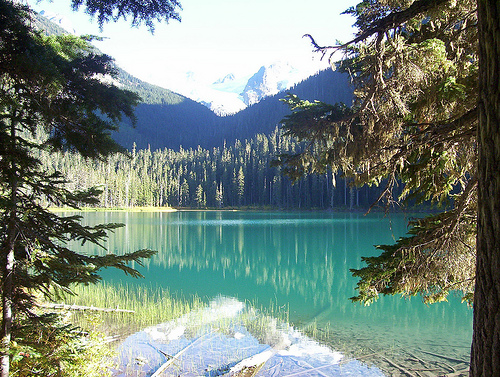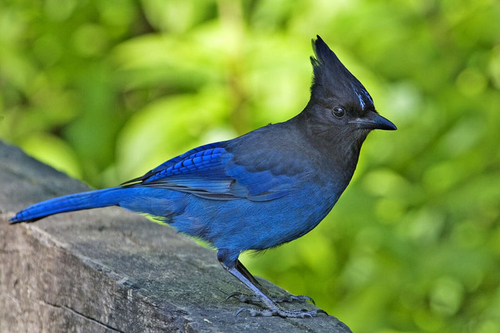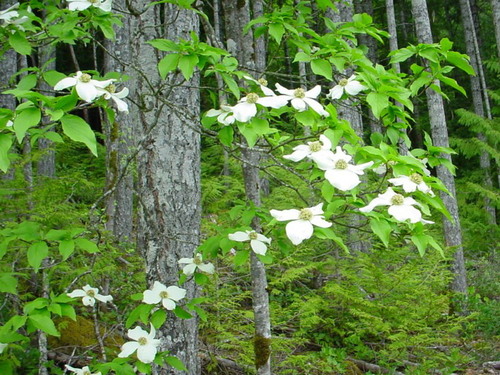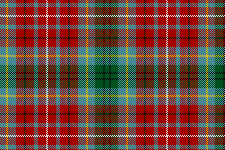Education >
B C Day
B C Day
Better late than never.
In honour of BC Day I have put together a little information package to enlighten anyone who would like to know more about my province, British Columbia.

British Columbia Day in Canada
British Columbia Day is a statutory holiday in the Canadian province of British Columbia.
Monday, August 2, 2010
The first Monday of August is known as British Columbia Day, BC Day or B.C. Day, in the province of British Columbia. It is a statutory holiday and gives Canadians in the province the chance to celebrate their achievements or relax with friends and family members.
What do people do?
In British Columbia many people use the long weekend to make short trips out of town and into one of the areas of beautiful scenery in this province. Some go camping, while others walk, hike or plan canoe trips. As the first Monday in August falls in the middle of the summer season, many people incorporate BC Day into their summer vacation or a plan it as part of a longer trip. In urban areas, particularly in Vancouver, various celebrations are organized. These include firework displays, parades and cultural festivals. Events are held to mark the achievements of people from Canada’s west coast in the areas of sport, technology, cuisine and Canadian-Japanese culture.
Public life
BC Day is a statutory holiday in British Columbia and many people have a day off work. Post offices and many businesses and organizations, such as libraries, are closed. A few stores may be open depending on the local custom. Public transport services may be reduced or may not run at all. Schools are closed as the first Monday in August falls in the middle of the summer holiday period.
Background
Indigenous peoples have inhabited British Columbia, as described in their oral traditions. There are claims by the English to have explored the region in the 16th century, but it was the Majorcan-born Spanish navigator Juan José Pérez Hernández who did the first documented travel 1774. In 1778 English explorer James Cook reached Nootka Sound and set foot on British Columbian soil. There were several gold finds in British Columbia in the 1850s. The British colonial office responded to this situation by establishing British Columbia’s mainland as a crown colony in 1858, naming it the Colony of British Columbia. In 1871 British Columbia became the sixth province of the Dominion of Canada.
The British Columbia Day Act was first introduced to the Legislative Assembly in 1974. The aim of the Bill was to create a statutory holiday on the first Monday in August to recognize the pioneers in the province and the act gained royal assent in 1996.
Symbols
There are a number of symbols of British Columbia. These include the Steller's Jay (a bird), the Pacific Dogwood (a flower), jade (a mineral), the Western Red Cedar (a tree) and the provincial tartan, which contains colors to represent many aspects of the province. Two important symbols of British Columbia are the flag and the coat of arms. The top part of the flag consists of a union flag with a crown in the center. These represent the colonial links with the country and monarch of the United Kingdom. The lower part of the flag consists of a setting sun on a background of blue and white waves. These represent the geographical location of the province on the west coast of Canada between the Rocky Mountains and the Pacific Ocean. These elements also appear in the coat of arms.
Provincial Bird

The Steller’s Blue Jay was adopted by the people of British Columbia as the provincial bird in 1987. It is identified by its vibrant blue and black tones, and is notorious for being exceptionally smart and lively. The Steller’s Jay is quite common to British Columbia, and can be found all over the province.
Provincial Mammal

The Spirit Bear (also known as the Kermode Bear) was adopted by the province of British Columbia as the provincial mammal in 2006. The Kermode or Spirit Bear is a black bear that has white fur due to a rare genetic trait. The bear is not albino, as it typically has a brown nose and eyes. The greatest concentrations of Spirit Bears are found on the Central Coast and North Coast of British Columbia, but have also been documented in northeast British Columbia.
Provincial Flower

The Pacific Dogwood (Cornus Nuttallii) was adopted as British Columbia’s provincial flower in 1956. Actually a flowering tree, the Pacific Dogwood is known for its white blooms, brilliant red berries and bright foliage in the fall. It stands about eight to ten meters high, and blossoms in April and May.
Provincial Gemstone

Jade was adopted in 1968 as British Columbia’s official gemstone. Known for its brilliant green colour and easy-to-carve capabilities, Jade is sought the world over for fine jewellery and for sculptures. Made mostly of nephrite, jade is mined in several places around British Columbia.
Provincial Tree

The Western Red Cedar (Thuja Plicata Donn) became British Columbia’s provincial tree in 1988. The Red Cedar is a cone-bearing tree, and can be identified by its stringy bark, strong aroma and twigs spread out in a fan-like fashion. Traditionally, the tree was widely used by the West Coast Aboriginal people, but today it also has become a significant resource to British Columbia’s forest industry.
Provincial Tartan

British Columbia’s provincial tartan was adopted in 1974. It is represented by five separate and symbolic colours; blue for the ocean, white for the dogwood, green for forests, red for the maple leaf and gold for the crown and sun on the flag and on the Coat of Arms.
BC Flag

British Columbia’s provincial flag was officially adopted in 1960. It duplicates the design on the Coat of Arms and Britain’s flag, the Union Jack, represents our colonial ties to the Crown and to England. BC’s geographic location between the Pacific Ocean and Rocky Mountains is symbolized by the blue waves and silver bars across the centre of the flag, and also by the setting sun, symbolizing BC as Canada’s westernmost province.
This article did not include the rumour that the Salmon will soon be our provincial fish.

posted on Aug 3, 2010 4:21 PM ()
 Comment on this article
Comment on this article
1,360 articles found [
Previous Article ] [
Next Article ] [
First ] [
Last ]








